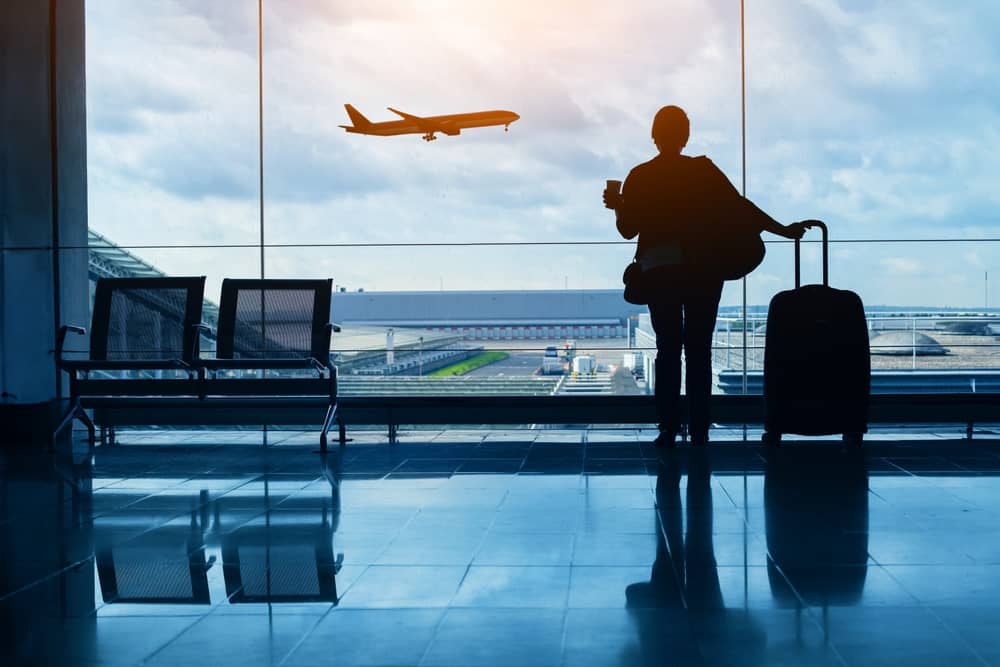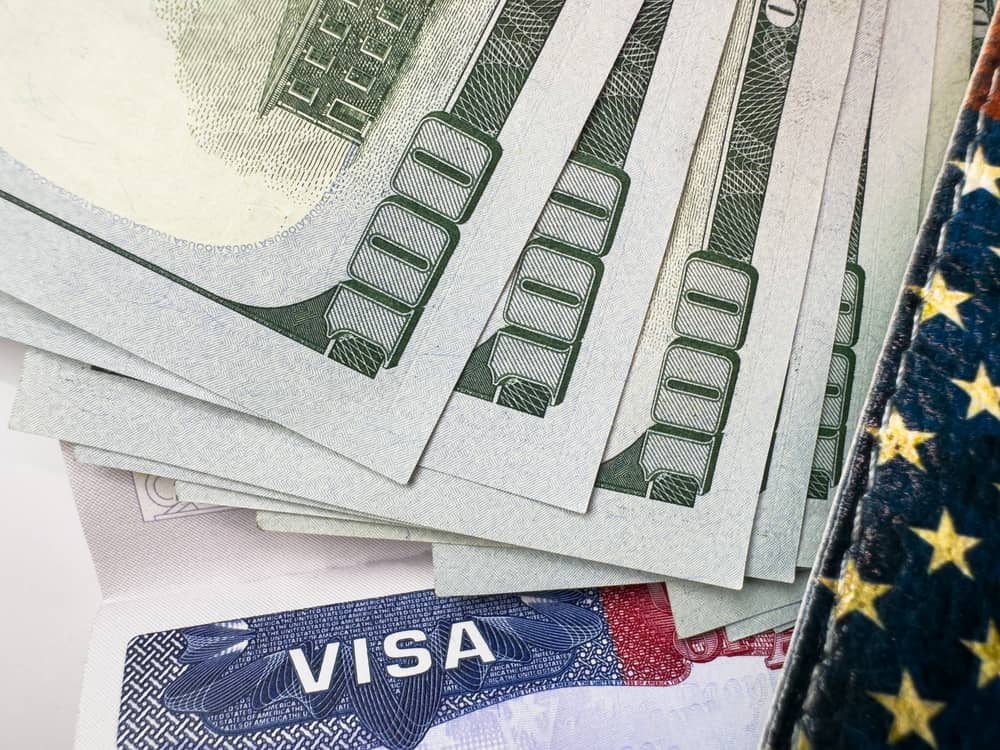
3 minute read | Last update: September 19, 2025
In June 2025, the Trump administration announced a sweeping travel restriction affecting 19 countries - 12 subject to a full ban, and 7 under partial restrictions.
Trump’s travel ban marks one of the most expansive U.S. travel policy shifts in recent history, echoing the controversial “Muslim Ban” from the previous administration.
With national security and visa overstay concerns front and center, here's a country-by-country breakdown of how travel rules have tightened.
Which Countries Are Affected?
The new policy fully bans certain nationalities from entering the U.S., while others are partially banned. Check the sections below for the full list.
Full U.S. travel ban
In June 2025, President Trump issued Proclamation 10949, which fully bars citizens from entering the U.S. (immigrant and non‑immigrant visa ban) from the following 12 countries:
-
Afghanistan
-
Myanmar
-
Chad
-
Republic of the Congo
-
Equatorial Guinea
-
Eritrea
-
Haiti
-
Iran
-
Libya
-
Somalia
-
Sudan
-
Yemen
Partial travel restrictions
Citizens of these 7 countries face restricted access to most visa types (immigrant, tourist, student, exchange), though certain categories may still be permitted:
-
Burundi
-
Cuba
-
Laos
-
Sierra Leone
-
Togo
-
Turkmenistan
-
Venezuela
Exemptions
Certain individuals are exempt from the ban, including:
-
U.S. permanent residents
-
Dual nationals
-
Diplomats and government officials
-
Participants in major sporting events (e.g., World Cup, Olympics)
-
Individuals on pre-existing valid visas issued before June 9, 2025
Country-by-Country Analysis
Here you can find detailed information for each country.
Full travel ban countries:
-
Afghanistan: Longstanding instability and ongoing conflict have led the U.S. to deem vetting from here too risky, reinforcing security concerns.
-
Myanmar: Political turmoil and human rights violations have undermined the reliability of immigration checks.
-
Chad: Included due to soaring visa overstay rates, Chad retaliated by suspending visa issuance to the U.S.
-
Republic of the Congo: Insufficient documentation standards and identity verification gaps are cited as major vulnerabilities.
-
Equatorial Guinea: Similar vetting and documentation challenges have placed this small nation under the full ban.
-
Eritrea: Persistent concerns over unclear travel documents and records accuracy triggered its inclusion.
-
Haiti: Ongoing instability and documentation fragility contribute to travel risk assessments.
-
Iran: A revival of past policies, Iran’s restrictions reflect longstanding national security concerns.
-
Libya: Continued conflict and fragmented governance structures make visa issuance unpredictable.
-
Somalia: Turmoil and terror threats from militant groups prompted its long-standing classification as restricted.
-
Sudan: Political upheaval and weak documentation systems justify its place on the banned list.
-
Yemen: A war-torn country with U.S. military operations and Houthi terrorist activity, Yemen's entry is fully blocked.
Partial travel restriction countries:
-
Burundi: High visa overstay rates are the main driver behind restrictions.
-
Cuba: Designated as a “state sponsor of terrorism” in the proclamation, heightening its partial ban status.
-
Laos: Poor documentation procedures and overstay statistics are key factors.
-
Sierra Leone: Similar to Burundi and Laos, Sierra Leone’s overstay and vetting failures spurred curtailment.
-
Togo: Weak record-keeping and high non-compliance have led to travel limitations.
-
Turkmenistan: Elevated overstay rates place it under partial visa caps.
-
Venezuela: Accused of refusing deportees and lacking a robust passport authority, Venezuela’s status reflects governance challenges.
Will More Countries Be Added to the Ban?
The administration is reportedly considering adding 36 more countries to the ban unless they meet U.S. security and identity verification criteria within a 60-day window.
The potential additions span Africa, Asia, the Caribbean, and the Pacific Islands, including several nations that currently face visa issuance delays or have high rates of overstays and incomplete documentation.
What This Means for Travelers
Visa timing matters — applications issued before June 9, 2025, may still be honored, while those issued afterward could be denied automatically depending on the country and visa category.
It’s important to know that even travelers with approved visas may face additional scrutiny at the border, and even refused entry.
Exemptions exist for certain groups, such as green card holders, dual nationals, diplomats, and pre-approved athletes, but these are limited and must be verified before travel.
Legal professionals should also anticipate a surge in demand for services such as waiver applications, appeals, and travel document diagnostics.
Share


